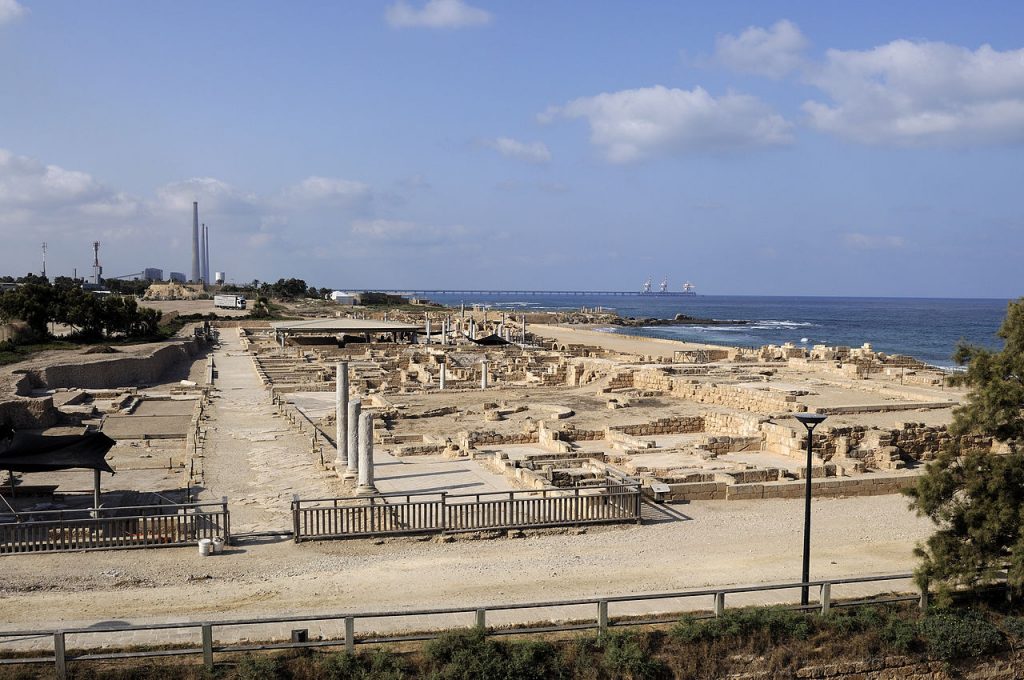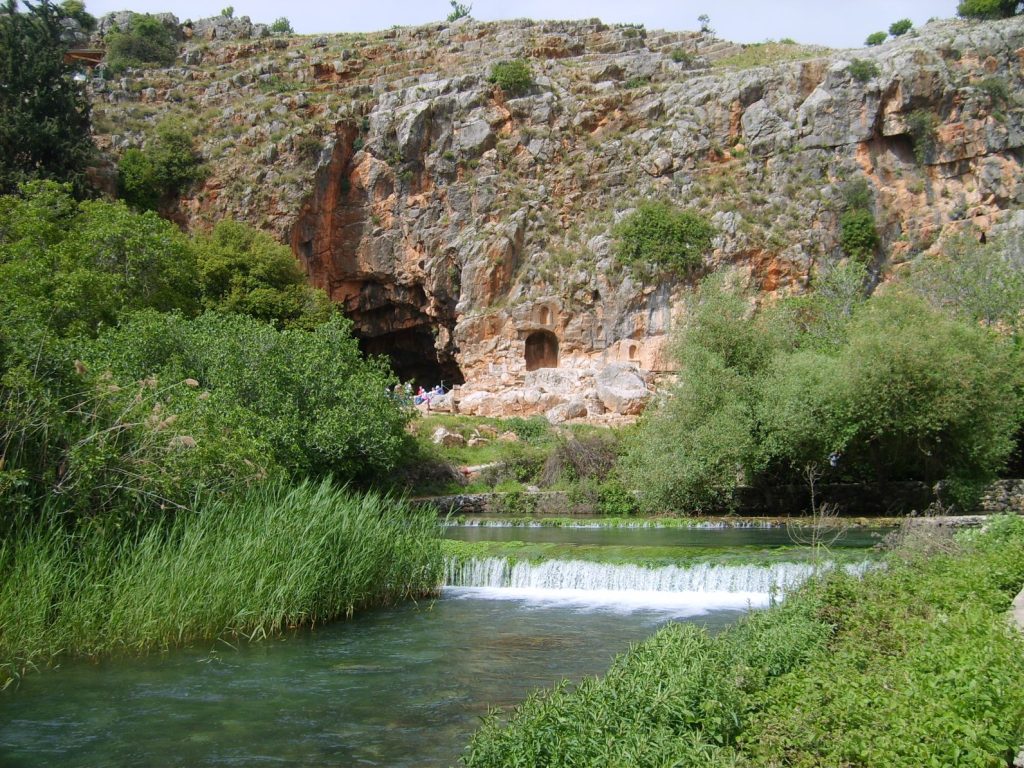Nestled on the Mediterranean coast of Israel, Caesarea is a small town packed with history and religious significance. Founded by King Herod the Great in 25 BC, Caesarea served as an important port city for centuries, with many different conquerors leaving their mark on the town’s architecture and culture. Today, Caesarea is a popular tourist destination, known for its ancient ruins, museums, and beautiful beaches.
Religious sites are among the top attractions in Caesarea. One of the most impressive religious sites in the town is the Caesarea National Park. The park houses the ruins of a Roman Amphitheatre, a Hippodrome, and an ancient Crusader city. Walking through the park, visitors can see how the town has been shaped by different cultures throughout history. The Amphitheatre was used for chariot races and gladiator fights and could seat up to 3,500 people. Today, it is used for concerts and cultural events.
Another popular religious site in Caesarea is the Crusader City. Built by the Crusaders in the 13th century, the city was designed to protect the town from the Mamluk armies. Visitors can see the remains of the Crusader City’s fortress walls, gates, and towers, which have been remarkably well-preserved. The city also houses the Caesarea Museum, which displays artifacts from the town’s history, including ancient Roman coins and Crusader weapons.
Caesarea has several sites that are associated with the New Testament. One of the most significant of these is the Roman Aqueduct, which supplied water to the town during the time of Jesus. The aqueduct is a marvel of engineering, with arches stretching over 1 km long. Visitors can walk along the top of the aqueduct and take in the breathtaking views of the Mediterranean.
The town also boasts the remains of a church, believed to be one of the earliest Christian churches in the world. The church was built in the 3rd century and was dedicated to St. Cornelius, the first gentile convert to Christianity. The church’s remains are located in the Caesarea National Park and are open to visitors year-round.
In addition to its religious significance, Caesarea is also known for its beautiful beaches. The town has several beaches, including the Caesarea Beach, which is a popular spot for surfing and water sports. The beach is also home to the Caesarea Harbor, which is a marina and commercial center that features shops, restaurants, and cafes.
Overall, Caesarea is a must-visit destination for those interested in history and religious sites. The town’s unique blend of ancient ruins and modern amenities make it a perfect place to spend a day or two exploring. Whether you’re interested in the town’s Roman past, Crusader history, or Christian heritage, Caesarea is sure to leave a lasting impression on you.
- Caesarea National Park: Acts 10:1-48, where Cornelius the centurion receives a vision from God to send for Peter in Joppa, who then comes to Caesarea and preaches the gospel to Cornelius and his household.
- Roman Amphitheatre: Acts 25:23-26:32, where the Apostle Paul is brought before the Roman governor Festus and King Agrippa in Caesarea, and makes his defense before them.
- Crusader City: Matthew 16:18, where Jesus says to Peter, “And I tell you, you are Peter, and on this rock I will build my church, and the gates of hell shall not prevail against it.” This verse is associated with the Crusader City because it was built on top of the remains of an earlier Roman city, which in turn was built on top of a Phoenician city.
- Roman Aqueduct: John 2:1-11, where Jesus turns water into wine at the wedding in Cana. The water for the miracle is believed to have come from the Roman Aqueduct in Caesarea.
- St. Cornelius Church: Acts 10:24-48, where Peter preaches the gospel to Cornelius and his household in Caesarea, and they receive the Holy Spirit.


